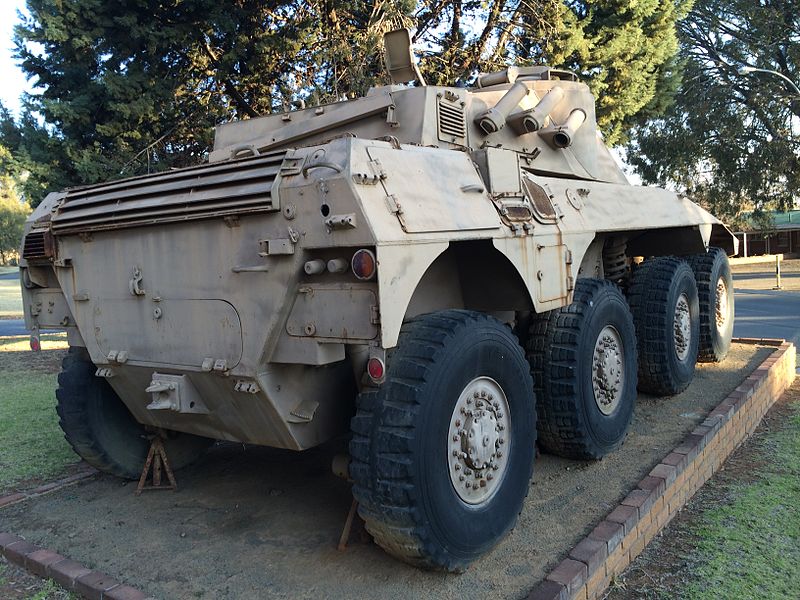The “Red Cat”, SANDF bush predator
The Rooikat is quite a unique armoured vehicle since its introduction in the 1980s in the South African Defence Forces (SANDF). The war in Angola and Namibia which saw the fast and famous “Red Ants” in action inspired a replacement, better protected, more powerfully armed, and even more mobile. A wheeled tank that was able to take head on any African MBT, anywhere, and implement deep penetration missions successfully. The Rooikat excelled in any of these specifications and remains today one of the finest example of a “wheeled tank”, a concept that emphasis the same firepower and some of the protection offered by a tank, but with a mobility on steroids. As usual, speed itself is a kind of active protection, despite the immense progresses made in modern digital FCS and gun stabilization systems.
Development
The development of the future Rooikat (Afrikaans for “red cat”, the local Lynx) started right in the 1970s when the latest version of the locally-built Eland 90 was introduced. In action, the limitations of the “red Ant” were quite obvious. Protection was insufficient, firepower limited by the low pressure, non-stabilized gun, and mobility was far from perfect. In 1976, all the lessons from the Bush War in Angola have been passed into a report and specifications were issued for a new vehicle. It was still not designed to take on other MBTs -that was the rôle of the Olifant- but for combat reconnaissance, seek and destroy operations, and also combat support, anti-armour and anti-guerrilla operations.
Design started right away at Reemit, and the Rooikat 76 (armed with a 76 mm gun) was studied from 1980, tests occurred in between with a 6×6 and a 8×8, but both did not met all specs. However the 8×8 was the most promising one and development re-started on this base. The final prototype was ready in 1987 and accepted in service in 1989. However export prospects, and a change of mind of the army that did not wanted a tank hunter initially, conducted Reumech OMC to design in 1990 the Rooikat 105, a 105 mm version. Production started in 1994 and it entered service the same year. If data are correct, the grand total is of 240 units of which only 30 remains enlisted as the Rooikat 76. Reumech became Vickers OMC in 2002, now part of BAE Land Systems.
Design
The driver was on the front, slightly offset to the right hand side, with a hatch swinging to the left and three vision blocks. The central one could be swapped for an IR device. The transmission was in the front, and could be accessed through an up-lifting hatch. The central compartment housed the turret basket, manned by a crew of three, the commander, gunner and loader. The gunner was located in the right hand side, with the commander behind, and the loader sat on the left hand side. The latter had a simple up-lifting hatch while the commander had a 6-faceted cupola with a ring-mounted pintle mount for a 8 mm Browning MG. The turret walls were three-faceted, with the main gun sight left on the gun (middle), and coaxial MG at its right. There were pistol ports on each wall, and a turret basket, and banks of six 81 mm electrically-operated smoke dischargers on each side at the rear.
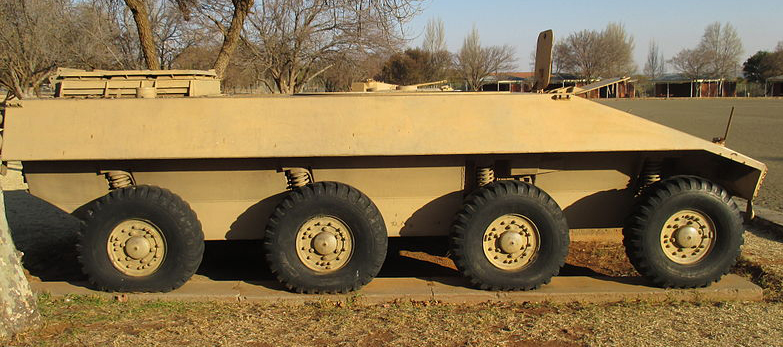
Prototype 8×8 chassis testbed in the early 1980s
Protection
Both the Rooikat 76 and 105 shared the same general design, only differing in their guns and modernized FCS that will be seen later. The general construction of the welded RHA hull call for sloped plates, a very inclined glacis, angled sides, a relatively narrow turret also with angled walls, and a generally low profile, at 2.60 m in height. It rested on height independent wheels with run-flat insert type tyres, suspended by massive coils and active trailing arms. There was a significant gap between the two front and two rear axles where resides the access hatch for the main fighting compartment. Armour thickness was sufficient to protect from 23 mm projectiles on the front arc and against small arms fire and shrapnells elsewhere. Concealing smoke can be created by the turret mortars or an exhaust device. The hull was tested and proven against the TM46 anti-tank mine. Collective NBC protection is added to a slight compartment overpressure and air filter systems. In addition there are automatic fire extinguishers both inside the turret and engine compartment.
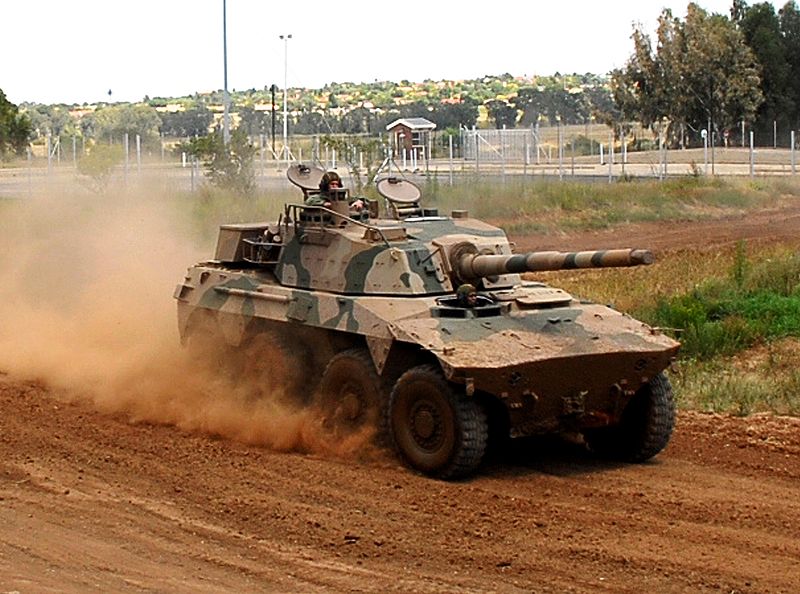
Rooikat at full speed, 2006. On road, it could reach 120 kph.
Mobility
The rear engine compartment housed a 10-cylinder water-cooled diesel which developed 414 KW (563 hp). This gave a power to weight ratio of 14.89kW/t, allowing for top speed on road of 120 kph and 50-70 kph cross country on average, for a range autonomy for 1,000 km and could be battle-ready within 24 hours of departure from the home base. The Rooikat could accelerate from 0km/h to 30km/h in less than eight seconds, which was quite remarkable at the time. The suspension system relied on internally driven trailing arms, and a combination of external coil springs and shock absorbers. The 8×8 configuration allowed the vehicle to be back to base even with a destroyed wheel, while the run-flat inserts allowed for some mobility even if all height tyres were deflated. Mobility field tests showed it could climb a 70% slope, stay stable on a 30% side slope, negotiate a vertical step 1 m high, cross a trench 2 m wide, or ford about 1.5 m rivers without preparation. The Rooikat is not amphibious.
Armament
The main armament for the early version (1980) was the Denel GT4 76mm 62-calibre rifled gun (derived from an Italian 76mm naval cannon), which had a muzzle velocity of over 1600m/s, had a -10 to +20 degree elevation and was fully stabilized. Ammunition comprised HE-T, APFSDS-T and HEAT rounds (48 total, 9 ready, the other stored into the turret base). It was completed by a coaxial and roof-mounted Browning MG4 7.62 mm machine guns (3600 rounds). In addition, there were height to twelve (1994 version) 81 mm smoke dischargers that can also fire Frag projectiles against closing infantry. The Rooikat 105 relied on a Reumech OMC 105 mm rifled gun, firing all current NATO types set for this caliber (generation I, II and III rounds), including HESH and APFSDS. The gun was fitted with a 51 cal. thermal sleeve. With a good training, the rate of fire is six rounds a minute. Combined to the high velocity speed, the Rooikat could defeat frontally T-54/55 and T-62s making this versions an efficient tank hunter for the MBTs encountered in the region.
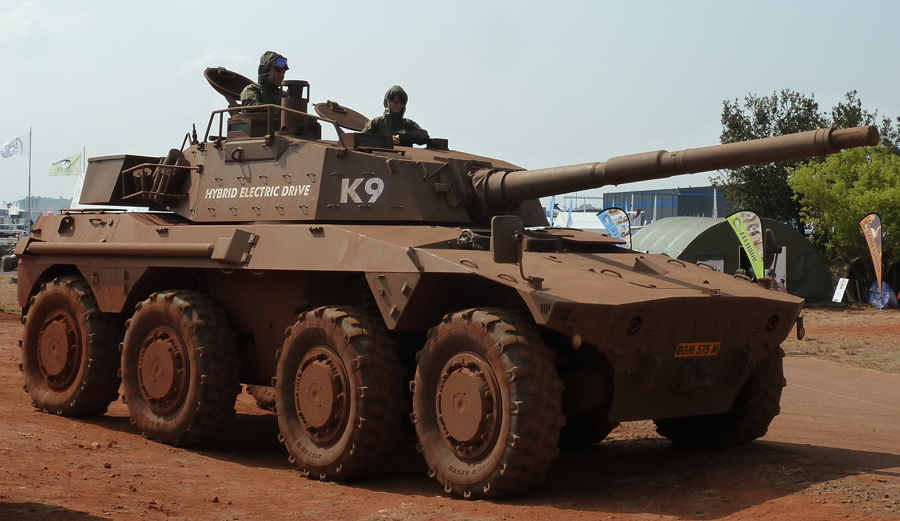
K9 Combat Vehicle Electric Drive (CVED) hybrid in 2006
This armament is served by a digital fire control system taking data from a suite of sensors (1990 version), providing an automatic solution. This data includes target range obtained from the laser rangefinder, but also target speed and tracking direction of the target, but also crosswind speed, weapon tilt and weapons characteristics. The latter data was obtained from the muzzle sensors. The gunner which had its own day/night passive channel sight, chosed the ammunition type and the added the environment input. Thanks to this, the Rooikat is able to engage targets at full speed while on the move cross country. There was also a primary stabilized gunner’s sight, as well as automatic computation, automatic laying of the gun, electro-mechanical gun control and full stabilization. The commander had its own independent panoramic sight with day/night magnification (day only in 1989). This independence allows a hunter-killer mode.
Variants
ZA35 Self Propelled Anti-aircraft Gun
. This SPAAG was designed by ARMSCOR in the early 90s. It is equipped with Lyttleton Engineering M-35 guns which have a 1100 rpm rate, firing HEAT, Frag against low-flying aircrafts and AP-I against vehicles. This system is served by a EDR 110 surveillance and tracking radar, FCS, stabilized gunner’s sight and laser rangefinder. There is no precision about the production of the type.
Prototypes
- Rooikat SAM: (Paper project) intended to work with the SPAAG, fitted with the ZA-HVM short-range SAM
- Rooikat Antitank: Modified turret with ATGMs capability gun, possibly a 120 mm smoothbore.
- Electric Rooikat: Vehicle Electric Drive Technology Demonstrator (CVED), presented and tested at AAD2006 in Cape Town.
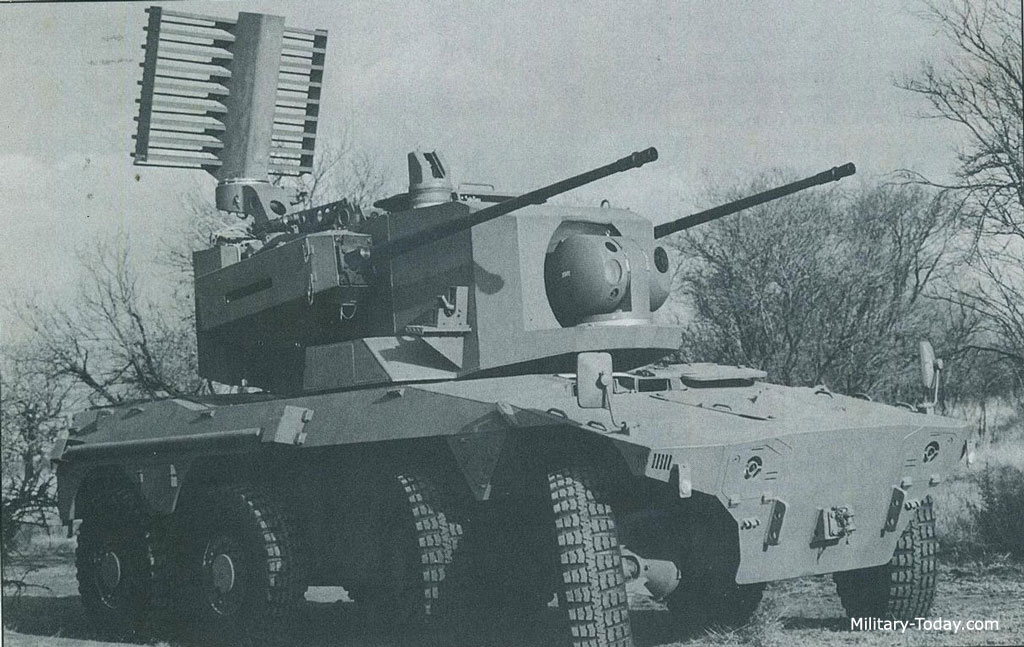
ZA 35 SPAAG. Credits: military today.
The Rooikat in action
Unfortunately, the Rooikat entered service at the end of the Angolan war in 1989. A single vehicle was used for internal security duties during the 1994 elections, while others participated in the Operation Boleas, Lesotho, to quell a coup d’état in 1998, assisted by Botswana Defence Force troops. The occupation ceased after seven month in 1999. No exports orders were received yet.
Links
Rooikat 76 specifications |
|
| Dimensions (l-w-h): | 7.1/8.2 oa x 2.9 x 2.6 m (23.4 x 9.6 x 8.6 in) |
| Total weight, battle ready: | 28 Tons ( ibs) |
| Crew : | 4 (Driver, Commander, Gunner, Loader) |
| Propulsion: | 10-cyl wc diesel 563 hp (414 KW) – pw:15hp/t |
| Suspensions: | Active trailing arm, Coils, Shock absorbers |
| Top Speed | 120 kph(80 mph) 50-70 kph off-road |
| Range (road) | 1000 km (600 mi) |
| Armament (see notes) | 76mm Denel (3 in) main gun (48 rounds)
2 x 7,62mm (0.3 in) Browning MG3 (3200 rounds) |
| Armour | 8 to 24 mm – see notes. |
| Total Production | 240 |
Video (documentary)
Gallery
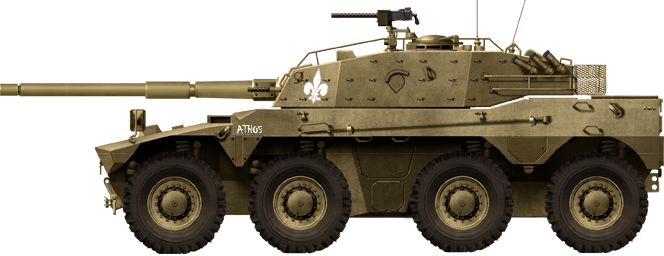
Rooikat 76 as introduced in 1989. This wheeled as been described up to recently as the best of its class.
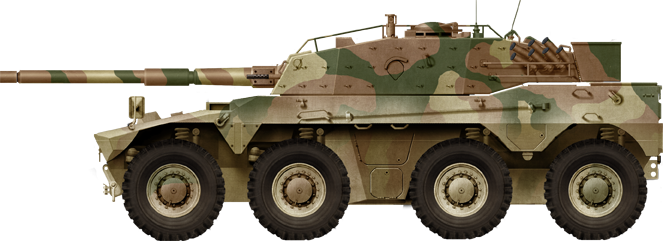
Rooikat 76, camouflaged, late 1990s, upgraded with features from the 105 version
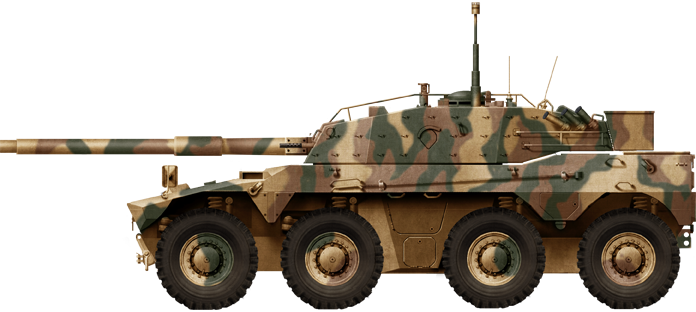
Rooikat 105. It unclear if this version was really mass produced or not.
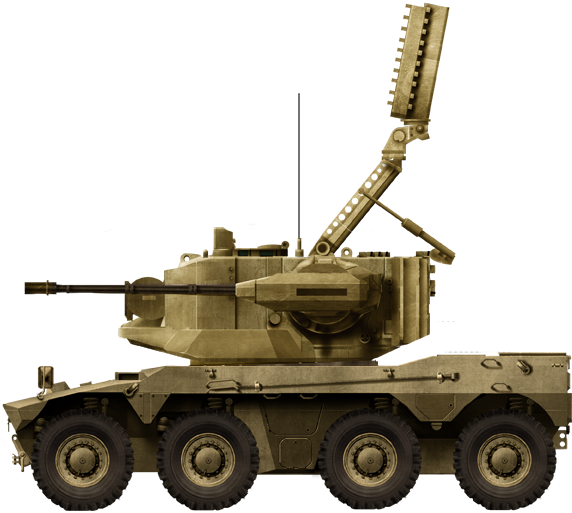
ZA 35 SPAAG. There is no indication of a production yet.

Cold War Tanks


































Cold war tanks posters

Cold War Main Battle Tanks

Cold War Soviet Army
Museums, Movies, Books & Games
The Tanks and Armor in pop culture
Tanks and armored vehicles in general are only really grasped when seen first person: The mass, the scale, it's all there. Explore also the way tanks were covered in the movie industry, in books and in video games.Movies:
Best tanks movie on warhistoryonline.com
On imdb.com
On bestsimilar.com/
miltours.com
liveabout.com/
watchmojo.com
Video Games:
pcgamesn.com
historyhit.com
levvvel.com
vg247.com/best-tank-games
mmobomb.com/
alienwarearena.com


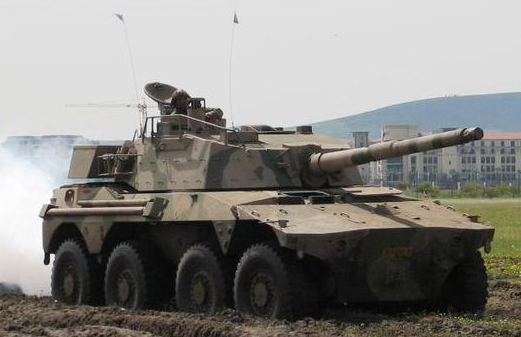
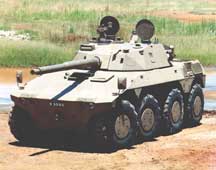
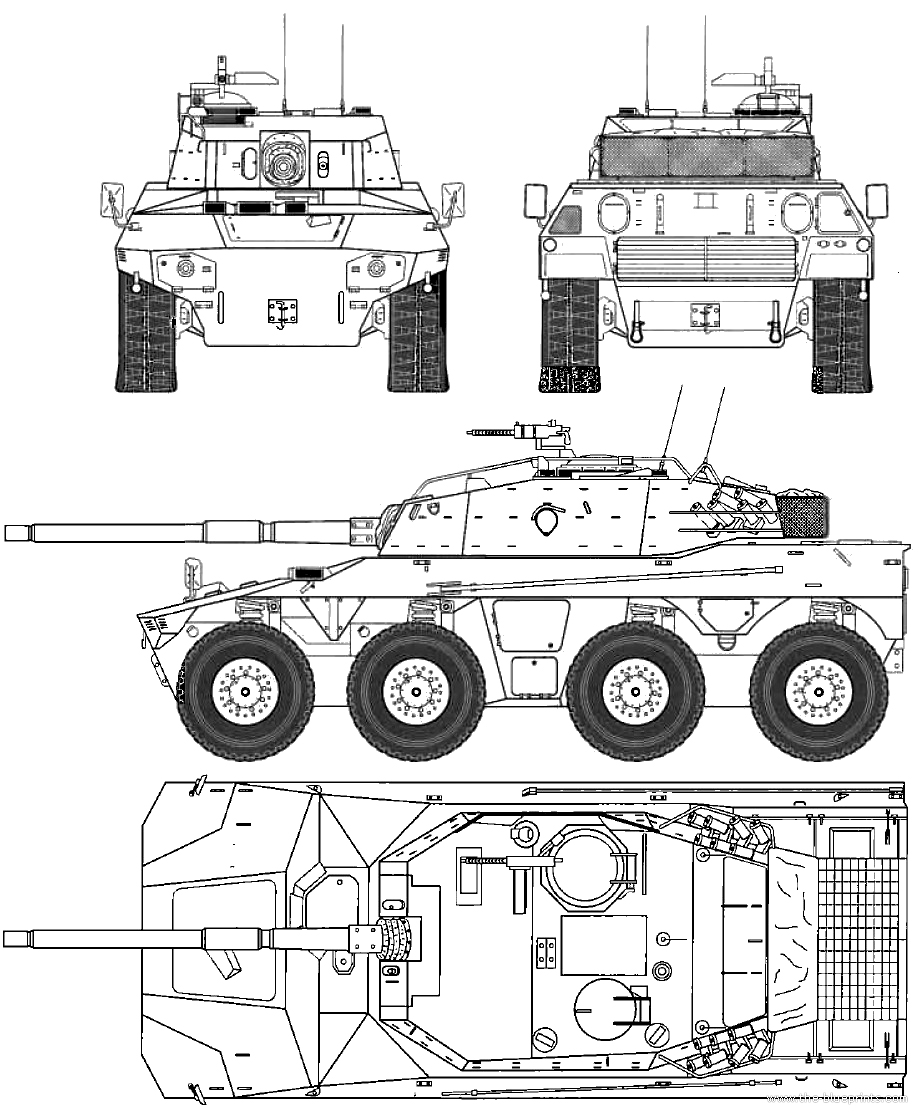
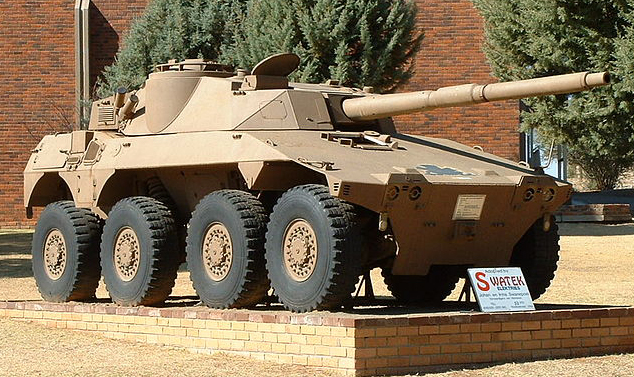
_2006.jpg)
